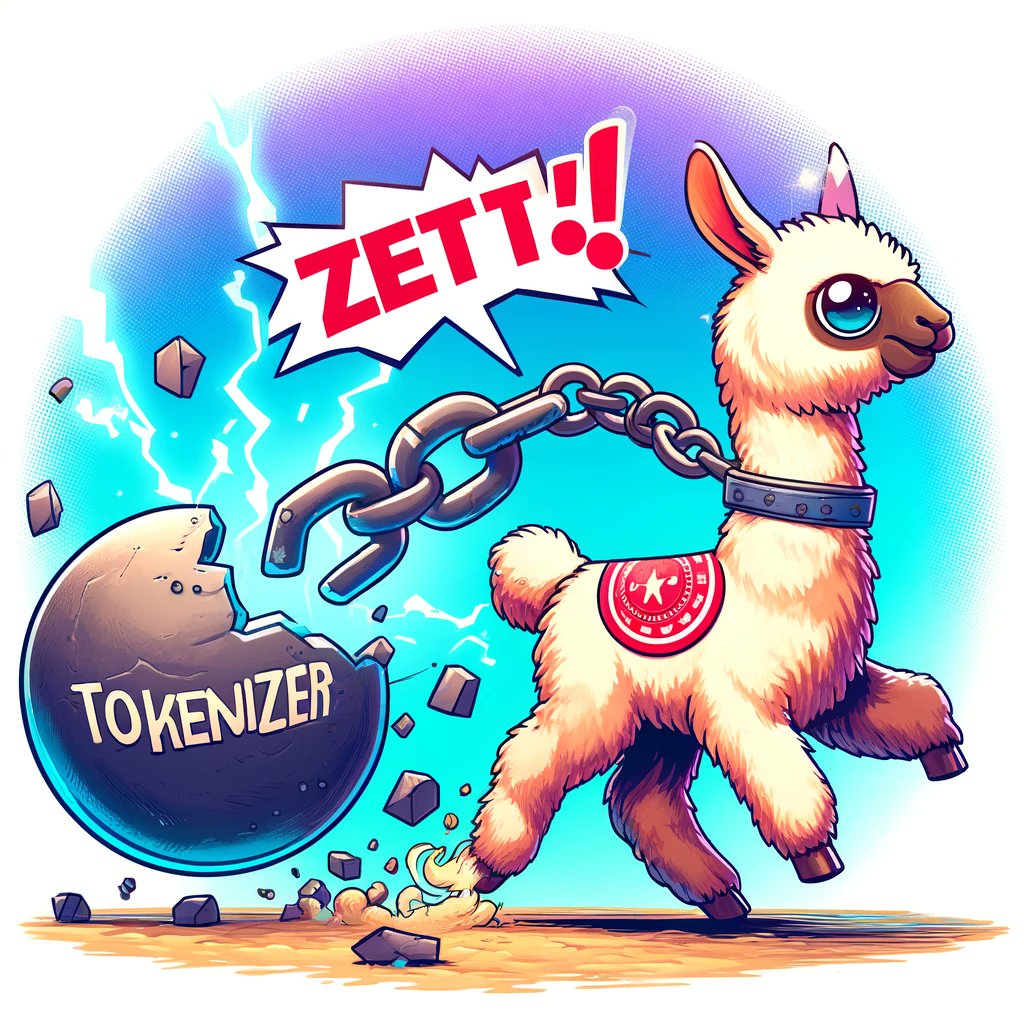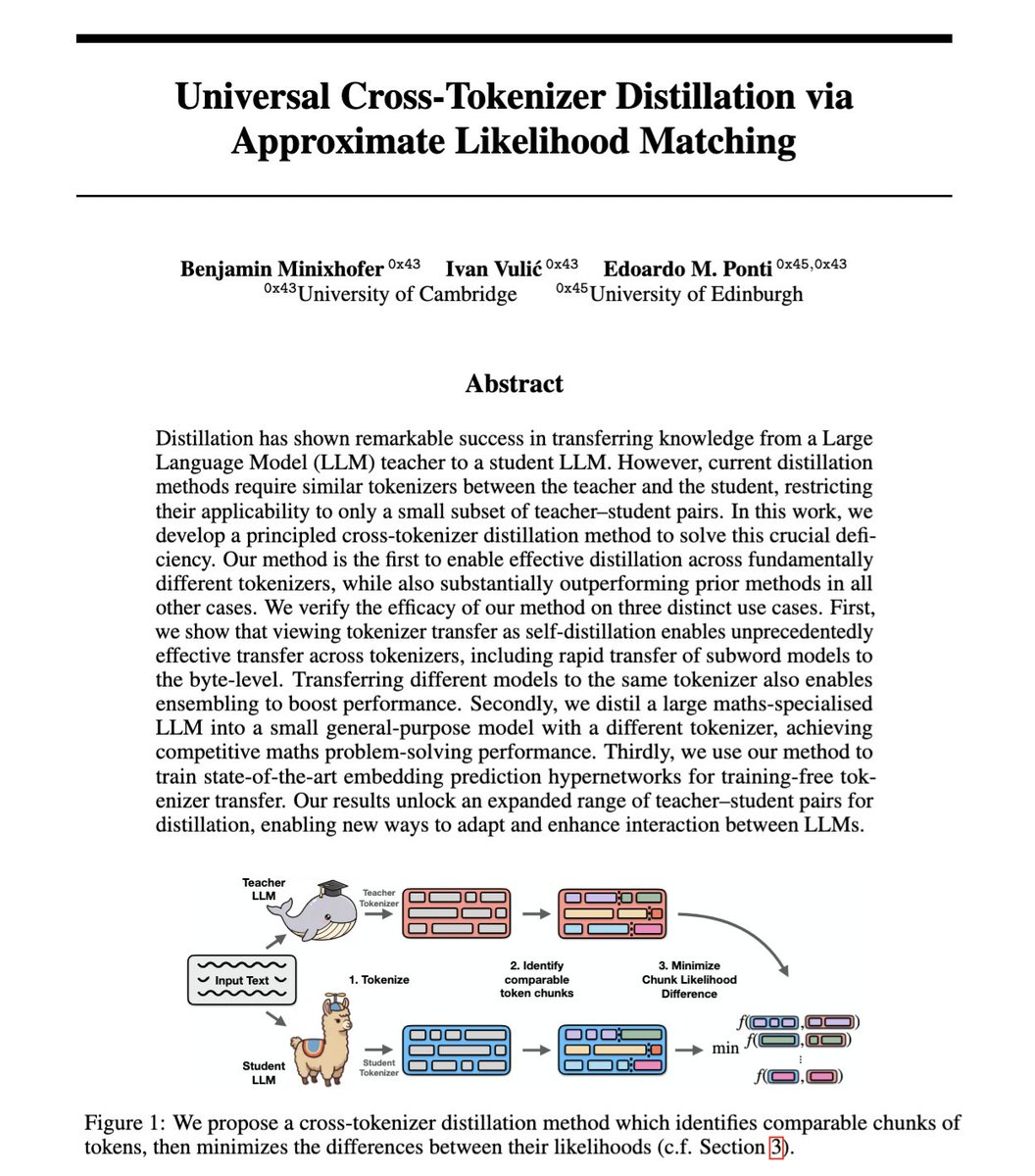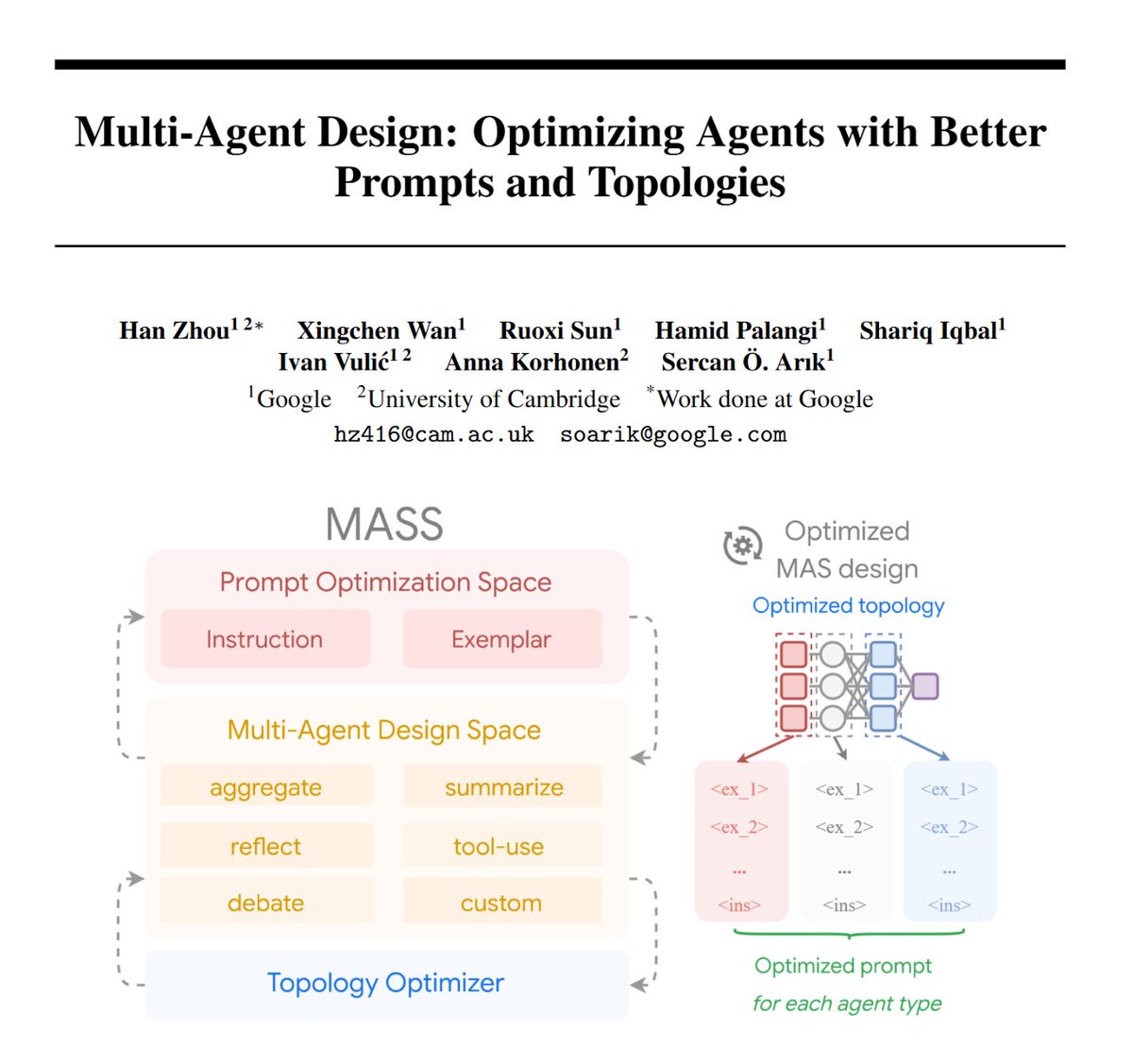
Ivan Vulić
@licwu
PRA@Cambridge; Interested in (way) too many things for his well-being, but mostly (and rarely) (re)tweets about NLP, ML, IR, language(s); (likes parentheses)
ID: 930077097028145154
https://sites.google.com/site/ivanvulic/ 13-11-2017 14:17:14
202 Tweet
2,2K Followers
330 Following














📣Happy to (pre-)release my Fleurs-SLU benchmark to evaluate massively multilingual spoken language understanding on SIB & Belebele. Work done at Mila - Institut québécois d'IA with David Ifeoluwa Adelani 🇳🇬 Goran Glavaš Ivan Vulić Datasets: huggingface.co/datasets/WueNL… huggingface.co/datasets/WueNL… Details to follow👇








![Han Zhou (@hanzhou032) on Twitter photo Which output is better?
[A] or [B]? LLM🤖: B❌
[B] or [A]? LLM🤖: A✅
Thrilled to share our preprint in addressing preference biases in LLM judgments!🧑⚖️We introduce ZEPO, a 0-shot prompt optimizer that enhances your LLM evaluators via fairness⚖️
📰Paper: arxiv.org/abs/2406.11370 Which output is better?
[A] or [B]? LLM🤖: B❌
[B] or [A]? LLM🤖: A✅
Thrilled to share our preprint in addressing preference biases in LLM judgments!🧑⚖️We introduce ZEPO, a 0-shot prompt optimizer that enhances your LLM evaluators via fairness⚖️
📰Paper: arxiv.org/abs/2406.11370](https://pbs.twimg.com/media/GQV8F61X0AAT_Xp.jpg)





